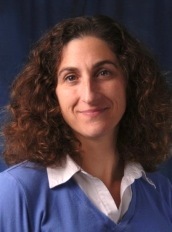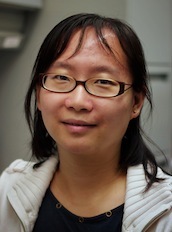Discovery sheds light on how changes in lungs can hurt the heart
A team of UW–Madison researchers has discovered important biomechanical changes in human arteries that could increase understanding of how pulmonary hypertension leads to heart failure.

Naomi Chesler
The team, led by Naomi Chesler, an associate professor of biomedical engineering, released its findings in a paper published in the journal PLOS ONE on Nov. 6, 2013.
The disease pulmonary hypertension causes high blood pressure in the lungs. The most common cause of death for people with the most severe form, pulmonary arterial hypertension, is heart failure.
The UW–Madison researchers studied whether there is a link between the arterial changes caused by pulmonary arterial hypertension and the dysfunction of the heart’s right ventricle.
The team explored changes in arteries’ mechanical function caused by pulmonary arterial hypertension. The researchers — the first to measure heartbeat-frequency-dependent mechanical properties of both healthy and hypertensive arteries — found significant changes in both the damping ratio and the stiffness of large pulmonary arteries. In fact, the researchers found the viscoelastic properties exhibited different behaviors based on the frequency with heartbeat.
The team also found that pulmonary arterial hypertension causes significant biological changes to the structure of arteries. Diseased arteries showed an increase in two proteins, collagen and proteoglycans, that provide structural and biochemical support for the artery. This altered protein accumulation suggests that the proteins play a yet-undetermined role in the disease.

Zhijie Wang
This area of research is so new that Zhijie Wang, a research scientist in Chesler’s Vascular Tissue Biomechanics Laboratory, says awareness of these biomechanical changes is critical for future research of the disease. “How these changes affect the heart, we don’t know yet,” she says. “It’s quite new. Until we understand how not only arterial stiffness, but also arterial damping affects heart function in this disease, we might not be developing the most effective therapies.”
The researchers received funding from the National Institutes of Health and the American Heart Association Midwest Affiliate Postdoctoral Fellowship for this study. Other authors on the paper include Roderic Lakes, professor of engineering physics and biomedical engineering; Mark Golob, graduate scientist in the Vascular Tissue Biomechanics Laboratory; and Jens Eickhoff, senior scientist in the Department of Biostatistics and Medical Informatics.
—John Steeno
